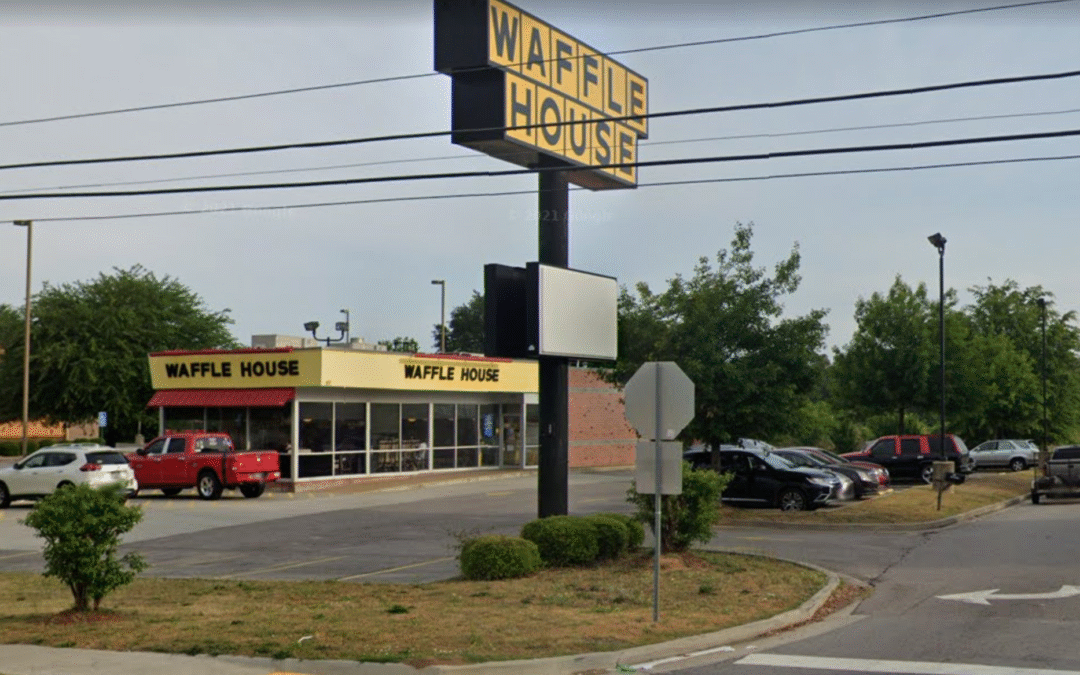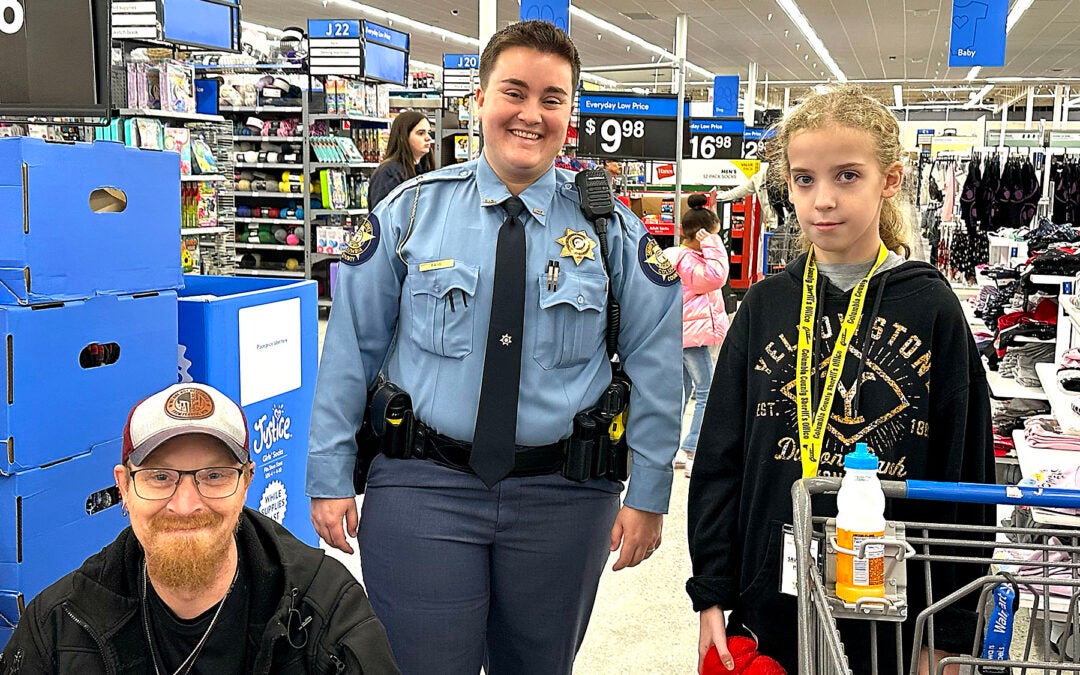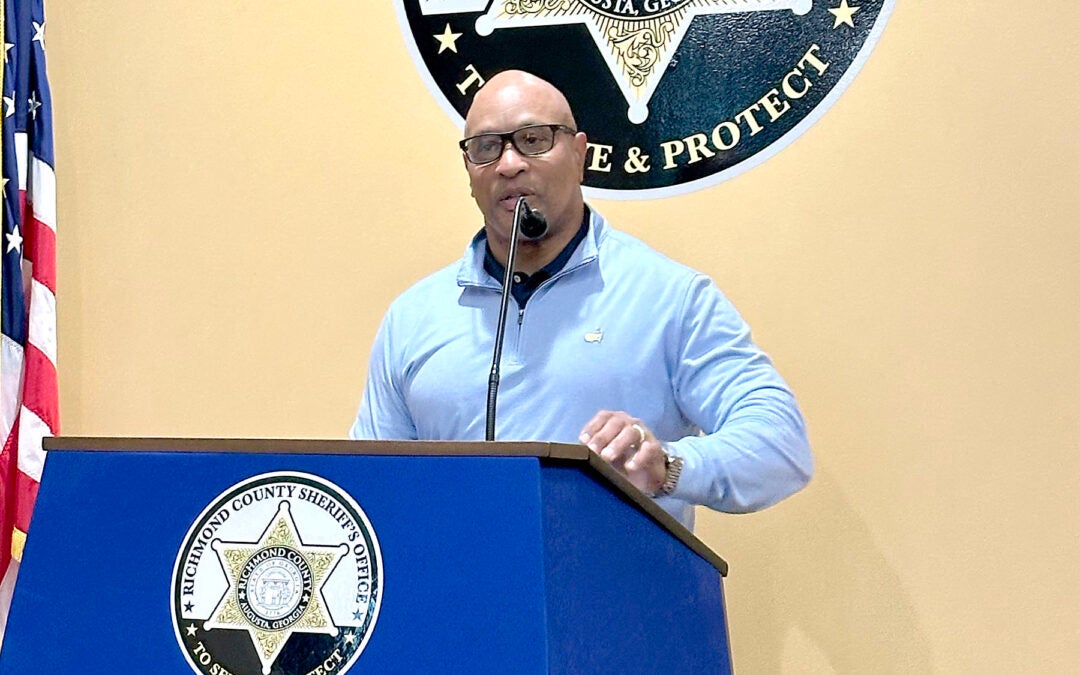Editor’s Note: Sandy Hodson’s 14-part investigation into how justice is administered in the Brunswick Judicial District continues today with Part 9. This story looks into the case of Guy Heinze Jr., who was convicted of killing his entire family plus another family — without any help — by beating everyone to death. His court-appointed attorney had been found incompetent previously to handle a death penalty case, yet he still was chosen to represent Heinze. Earlier installments of the series can be found elsewhere in The Augusta Press website. Series stories will be published on Sundays and Thursdays.
On Aug. 29, 2009, in another Brunswick trailer park, the bodies of seven people were found savagely beaten in a single-wide trailer at the New Hope Mobile Home Park. An eighth victim died later at the hospital. The only survivor, who was also severely injured when bludgeoned, was a 3-year-old boy.
Golden Isles Injustice
Part 9
Guy Heinze Jr., then 22, would tell Glynn County Police Department investigators that he came home that morning to find everyone dead or dying. He lived in the trailer with his father, Guy Heinze Sr., and his father’s best friend and his children, people whom he considered family: Russell D. Toler Sr.; Russell Toler Jr.; Chrissy Toler; Michael Toler, who was born with Down’s Syndrome; and Michelle Toler.
Russell Sr.’s sister who was disabled from a stroke, Brenda Gail Falagan, also lived and died at the trailer. So did Joseph West, Chrissy’s boyfriend.
Glynn County Police immediately focused on Guy Heinze Jr. as their one and only suspect. Chief Matt Doering, whose wife worked as Judge Stephen Scarlett’s secretary, assured the community there was no danger. Guy Heinze Jr. alone killed everyone.
How one person managed to kill five abled-body adults, who were neither impaired by drugs or alcohol nor bound, a disabled women and two teens without anyone escaping or making enough noise to raise the attention of nearby neighbors – and without getting drenched in blood – has never been explained. Heinze didn’t suffer any wounds although at least two victims fought back. None of the witnesses described Heinze as having any injuries but a scratch on his thigh.
As was true in several other homicides in the Brunswick Judicial Circuit, evidence that might have identified others was ignored. In Heinze’s case, Lt. William Daras specifically told the crime lab not to compare bloody fingerprints and a palm print on a headboard to anyone but Heinze. Instead of running a DNA analysis on hairs found clutched in Russell Toler Jr.’s hand, police asked for a comparison, a “science” lacking scientific validity. The FBI still contends hair comparison is a valid science, although after a number of exonerations in cases where DNA proved FBI hair comparison examiners were wrong, the FBI and Department of Justice teamed with the Innocence Project and National Association of Criminal Defense Lawyer for a massive retesting of hair comparison cases.
“The problem with the Heinze case is that it was never investigated,” said Newell Hamilton, Guy Heinze Jr.’s lead attorney, a job he inherited when the attorney who was sitting as first chair walked away in the middle of the case, a death penalty case.
Not that Hamilton minded.
“I wanted it. I wanted Heinze,” Hamilton said.
It was a big case. Hamilton was a veteran attorney who fought the state’s efforts, in his opinion, to kill people. And he was good at it.
“I thought I was invincible. I didn’t know it [the Heinze case] would break me,” Hamilton said.
Not only did the GCPD specifically avoid looking at anything or anyone that didn’t point at Heinze, they lost, hid and destroyed evidence, Hamilton said.
As in Dennis Perry’s case, not only was evidence in the murders of Harold and Thelma Swain not shared with the defense, it also seemingly disappeared in Heinze’s case.
During Heinze’s trial, the manager of the New Hope trailer park asked someone connected to the district attorney’s office if they had already presented evidence about the nunchucks, a weapon used in martial arts that is usually composed of two sticks or pipes joined by a short chain. She found the weapon with what she thought was blood on it about a month after the murders. It was near the Heinze/Toler trailer. She gave the weapon to a GCPD officer. When she didn’t get an answer from the DA’s side, she asked someone with the defense team, Hamilton said. It was the first they had heard about the discovery of another potential murder weapon, one that had “poof” – disappeared, he said.
That wasn’t the only evidence he wasn’t told about, Hamilton said.
The identification of blood on a piece of paper as having come from Russell “Rusty” Jr. wasn’t shared with the defense. And even if the judge would have allowed the defense to seek independent testing, they couldn’t. Heinze’s alleged bloody palm print on a piece of paper was destroyed during the GBI testing. No one with the GCPD explained where and when a piece of evidence was found, evidence that would strike the most amateur detective as a potential bombshell.
MORE: Golden Isles Injustice: Brunswick Judicial District has more problems when Buddy Woodall goes to trial
The defense also wasn’t told of a call to the tip line from a man who claimed he was at New Hope with Russell Toler Sr. shortly before the murders. Toler chased a man off his property, and the man threatened to come back and kill Toler and his family. It wasn’t until the defense caught wind of the call that the GCPD even looked at the man. It turned out he was in the Wayne County jail when the attack occurred.
Although Hamilton believed Heinze’s was a likeable person incapable of killing eight people, he warned Heinze that the prosecutor was good and if he was convicted, he’d be sentenced to death. But Heinze rejected an offer to plea for life in prison, Hamilton said.
“They offered life without (parole). If there was ever a death penalty case, wouldn’t this be it? They knew he didn’t do it,” Hamilton said. “Do we really think anybody in that office wanted justice? No. Not (District Attorney) Jackie Johnson,” Hamilton said.
“I told them that sometimes you have people who are innocent.” They didn’t care, Hamilton said. They just wanted someone to pin the massacre on, he said.
It wasn’t just that the victims were beaten. It went beyond killing. Michelle Toler, 15 years old and, weighing in at 115 pounds, had 48 individual wounds. She had held up her arms and hands in self-defense as someone bludgeoned her over and over. She also had hair clutched in her right hand.
Rusty Toler Jr. put up a fight that started in the living room. The blood evidence showed he was first bludgeoned on a couch or loveseat in the living room. The fight went into the kitchen and ended with Toler half under the dining table. He had 36 separate injuries, according to the autopsy report. Someone bludgeoned him repeatedly, likely punched him in the mouth at one point, and stabbed him a few times, though since he was already dead, it didn’t matter.
In October 2013, not long before the trial was set to begin, two life changing events occurred in Hamilton’s life. His father died, and he injured his back to the point he was physically unable to move without pain killers. After a four-year delay, the judge wasn’t having any more continuances, although Hamilton said that after jury selection – which took place without him, Heinze’s lead counsel – Scarlett offered to declare a mistrial and start all over.
“(But) we never should have been there for him to make that offer,” Hamilton said.
“We should have won. We did win. They didn’t prove Guy did it,” Hamilton said.
He called one of the foremost blood evidence experts, and a highly regarded police investigation expert. Both testified there would have been more than one killer and that more than a single weapon was used.
The GCPD failed the victims and the community by not investigating other possible suspects, Hamilton said.
West sold drugs, though in amounts it seemed illogical to have brought on such violence. But Chrissy Toler had only been out of jail about a year, and that should have been considered more, Hamilton said.
Chrissy Toler and the father of her baby took part in a robbery scheme targeting Hispanics looking for some female companionship. The baby’s father and a second man are still in prison. Hamilton said they got a letter from Toler’s boyfriend saying he had information that would prove Heinze was innocent, Hamilton said. Before they could set up a prison interview, he was attacked by other inmates and suffered a brain injury. They never heard from him again, Hamilton said.
It took years to get a transcript of Heinze’s trial, another common shortcoming in the Brunswick Judicial Circuit. Once one was finally prepared, appointed attorney Richard Allen, the same attorney found ineffective in a death penalty case in which the sentence was reversed, filed only one claim of error. When argued before the Georgia Supreme Court in October 2020 more than one justice was taken aback by the lack of substance to the appeal.
The Georgia Supreme Court affirmed Heinze’s conviction Dec. 9, 2020. Heinze’s case has been taken up by a slew of supporters. There’s a website, Guy’s Voice, devoted to his claim of innocence, and podcaster Jake Brydon, “Mouth of the South” has also taken up Heinze’s case and raised money to hire a new attorney.
Sandy Hodson is a staff reporter covering courts for The Augusta Press. Reach her at sandy@theaugustapress.com.








